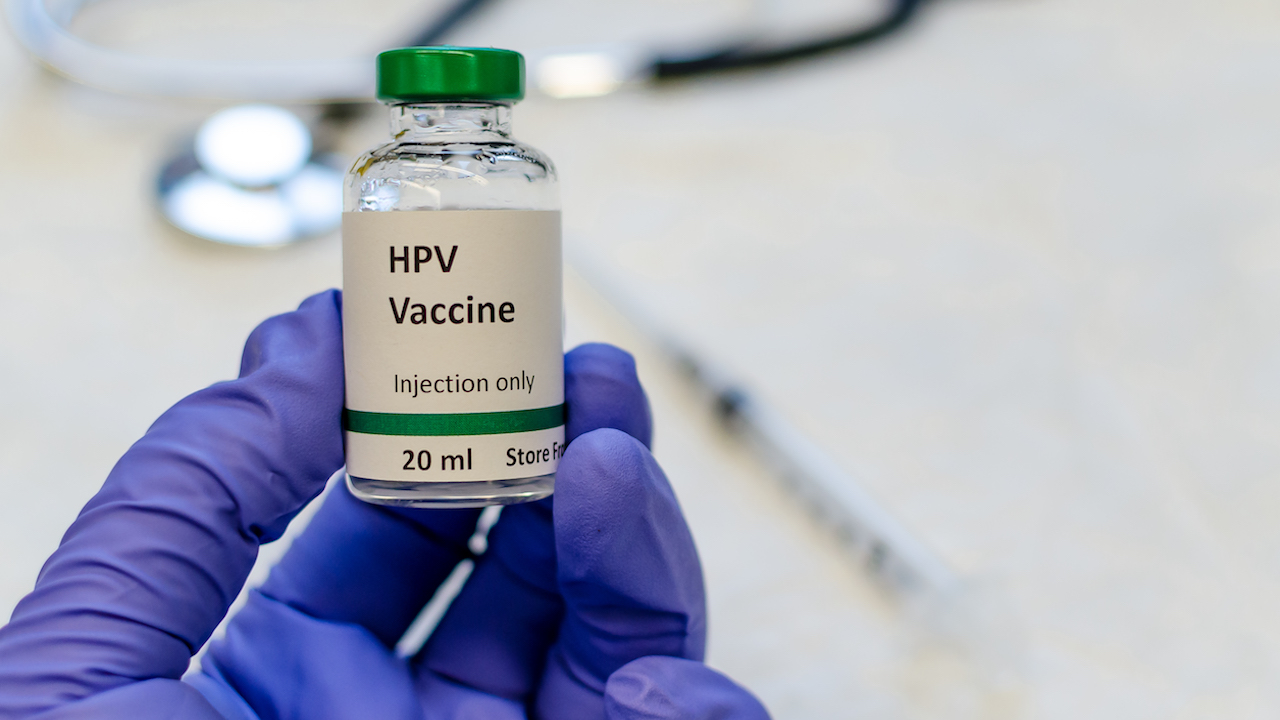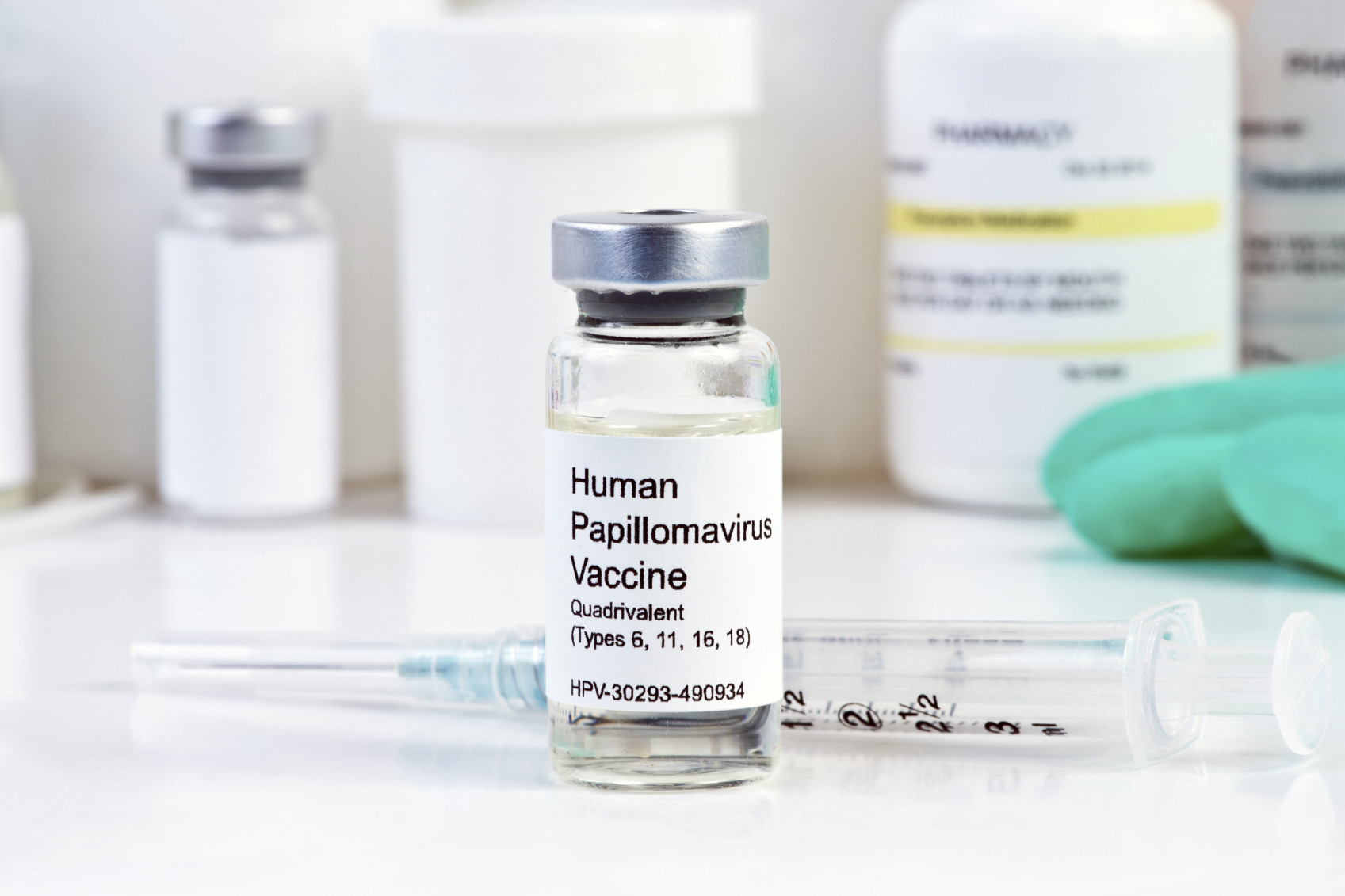A single dose of the human papillomavirus (HPV) vaccine has proven highly effective at preventing infections over three years, likely reducing the incidence of cervical cancer and other diseases linked to the virus, according to a new study conducted in Kenya.
Experts assert that a single-dose strategy would significantly extend vaccine supplies, reduce costs, and simplify distribution, making vaccination a more feasible option in resource-limited countries.
HPV is a sexually transmitted infection associated with cervical cancer and other malignancies. Health officials in many countries, including the United States, recommend two doses of the vaccine for adolescent girls younger than 15, and three doses for those older.
Observational data has long suggested that a single dose provides effective protection against HPV for at least a decade. The new study offers the first gold-standard clinical trial confirmation that a single dose may be as effective as two or three doses, at least over three years.
Results comparing one- and two-dose regimens directly will not be available until 2025.
At least 24 countries, including Mexico, Tonga, and Guyana, have already adopted the one-dose approach, according to the World Health Organization (W.H.O.).
The new evidence could persuade more countries to follow suit.
“What we had predicted was that this would be most interesting for the low- or middle-income countries,” said Paul Bloem, a senior adviser on HPV vaccination programs at the W.H.O. However, high-income countries like Britain and Australia were among the first to change their policies, he noted.
The W.H.O. estimates that a widespread single-dose strategy could prevent 60 million cervical cancer cases and 45 million deaths worldwide over the next 100 years.
Cervical cancer is the fourth most common cancer in women globally, with an estimated 604,000 new cases in 2020, according to the W.H.O. The disease killed approximately 342,000 women in 2020, more than the number who died during pregnancy or childbirth.
“This is a real killer of women,” said Dr. Seth Berkley, chief executive of Gavi, which funds immunization programs in lower-income nations.
“It is also a disease that really kills women in the prime of their lives,” he added, “and does it in a really horrible way.”

More than 95 percent of cervical cancer is caused by sexually transmitted HPV. Multiple strains of the virus are prevalent, but subtypes 16 and 18 cause 70 percent of cervical cancers.
The HPV vaccine, introduced in 2006, is a “near-perfect prevention intervention for cervical cancer and other HPV-associated cancers,” said Dr. Ruanne Barnabas, chief of the division of infectious diseases at Massachusetts General Hospital, who led the new study.
The Food and Drug Administration approved the vaccine in the United States that year, and since then, infections with cancer-causing viral strains have decreased by more than 80 percent in the country, according to the Centers for Disease Control and Prevention.
Despite this, about 13,000 Americans are diagnosed with cervical cancer annually, with around 4,000 women dying from the disease each year.
HPV’s impact is much greater in low- and middle-income countries, where women have limited access to cervical cancer screening or treatments. Approximately 90 percent of cervical cancer deaths in 2020 occurred in women from resource-poor countries.
In Kenya, the vaccine is currently administered in two doses. However, only 33 percent of girls aged 9 to 14 receive the first dose, and only 16 percent return for the second. By contrast, over 78 percent of adolescent girls in the United States received at least one dose of the vaccine in 2021.
A single-dose vaccination regimen is easier to implement on a large scale and enables more delivery options, such as village-wide campaigns and mobile clinics.
“It allows an opportunity for creativity of the delivery machinery,” said Dr. Peter Dull, who leads HPV vaccine development at the Bill & Melinda Gates Foundation, which funded the study.
In the KEN SHE study, researchers randomly assigned 2,275 Kenyan women aged 15 to 20 to receive a single dose of the HPV vaccine targeting subtypes 16 and 18; an HPV vaccine targeting 16, 18, and seven other subtypes; or the meningococcal vaccine as a control.
The scientists collected cervical and vaginal swabs from the women every six months and tested for persistent HPV infection up to 36 months.
The vaccine demonstrated 98 percent efficacy against virus subtypes 16 and 18 over three years, and 96 percent efficacy against all cancer-causing strains, according to the study. No serious side effects were reported.
Earlier results from the study, published last year, showed that a single dose of both vaccines was highly effective for 18 months.
Partly based on this evidence, the W.H.O. last year updated its recommendation to one or two doses for girls and young women aged 9 to 20 years, and two doses with a six-month interval for women over 21.
Programs funded by Gavi have so far reached only about one-third of their goal, partly due to a shortage in vaccine supply. Approximately 20 million doses were available in 2022, Dr. Berkley said, but this number is expected to more than triple by 2025.
